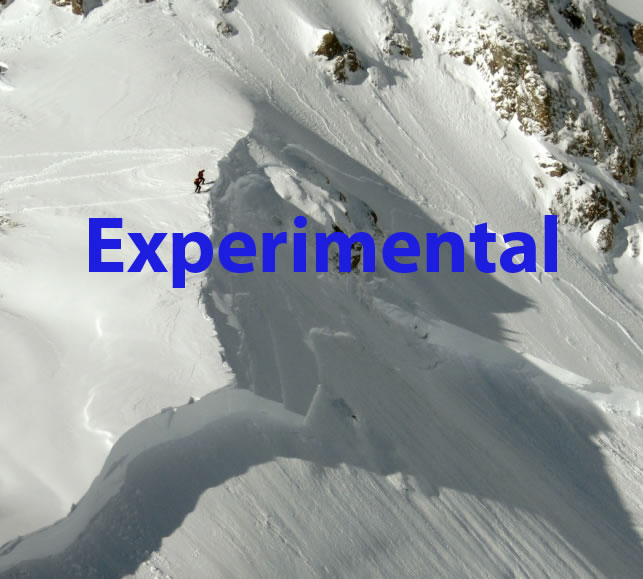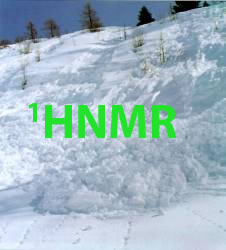
Powder snow avalanches occur when the avalanche encounters a quick change in slope. This causes air and snow to mix, which makes a powder cloud. This cloud is large and powerful, known to go on for long distances. This type of avalanche can be faster than 300 km/h and can be present on flat valleys or up hill.
V. Leading Question
The authors favor mechanism B over mechanism A for this transformation. Provide a detailed discussion of the evidence that supports mechanism A.
Support for Mechanism A:
Both mechanism A and B are possible for the formation of this molecule, but B is favored because it always obtains the correct stereochemistry that the product requires. Though this is the case, mechanism A is still a probable mechanism for this transformation. In mechanism A, the oxygen that is part of the ring would be protonated by the acid in solution. Then water would attack at the sp3 carbon at the bottom of the molecule, causing the oxygen to leave the ring, creating the intermediate 62 shown in the journal. This molecule is symmetrical, but if the oxygen that was part of the oxo bridge is involved in the intramolecular protonation step that occurs next, the correct stereochemistry will be present in the product. Therefore, as long as the water attacks the carbon at the bottom of the molecule (as previously stated), the correct stereochemistry will be present in the product: inversion at one stereocenter and retention at the other. Consequently, there is evidence to support the transformation by way of mechanism A.






